Brand Characters: Promoting Your Brand Effectively
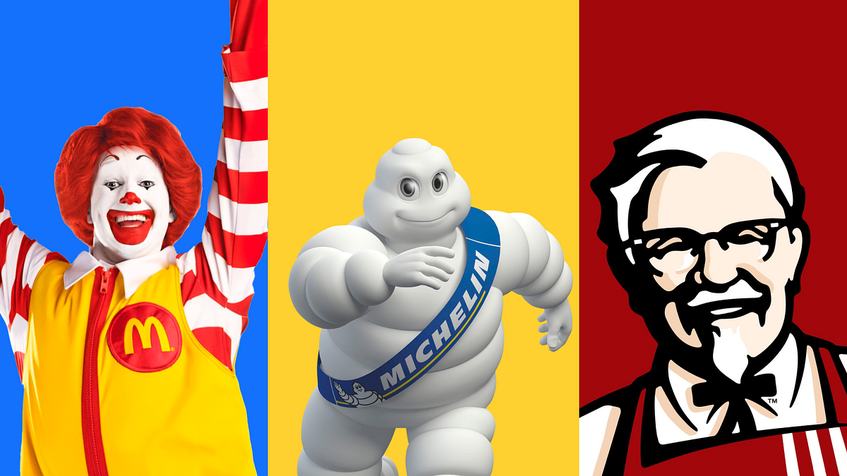
Heroes in advertising are one of the most effective ways for a brand to connect with its customers, who literally fall in love with the main character. The purpose of creating a hero is a reliable and realistic representation of what a brand should be. Today, making a unique commercial offer for the company is not enough. The successful operation of the brand requires creating a memorable image. For this purpose, brands often create mascots - special heroes that connect all marketing tools together.
The brand character’s aim is to increase the company's visibility in the market by using its image in various types of communication with the consumer. How to create one of the many possible mascots that could match your brand? To answer this question, we will consider the essence of the brand talisman and explain why it's important to create them for businesses.
What is a brand hero?
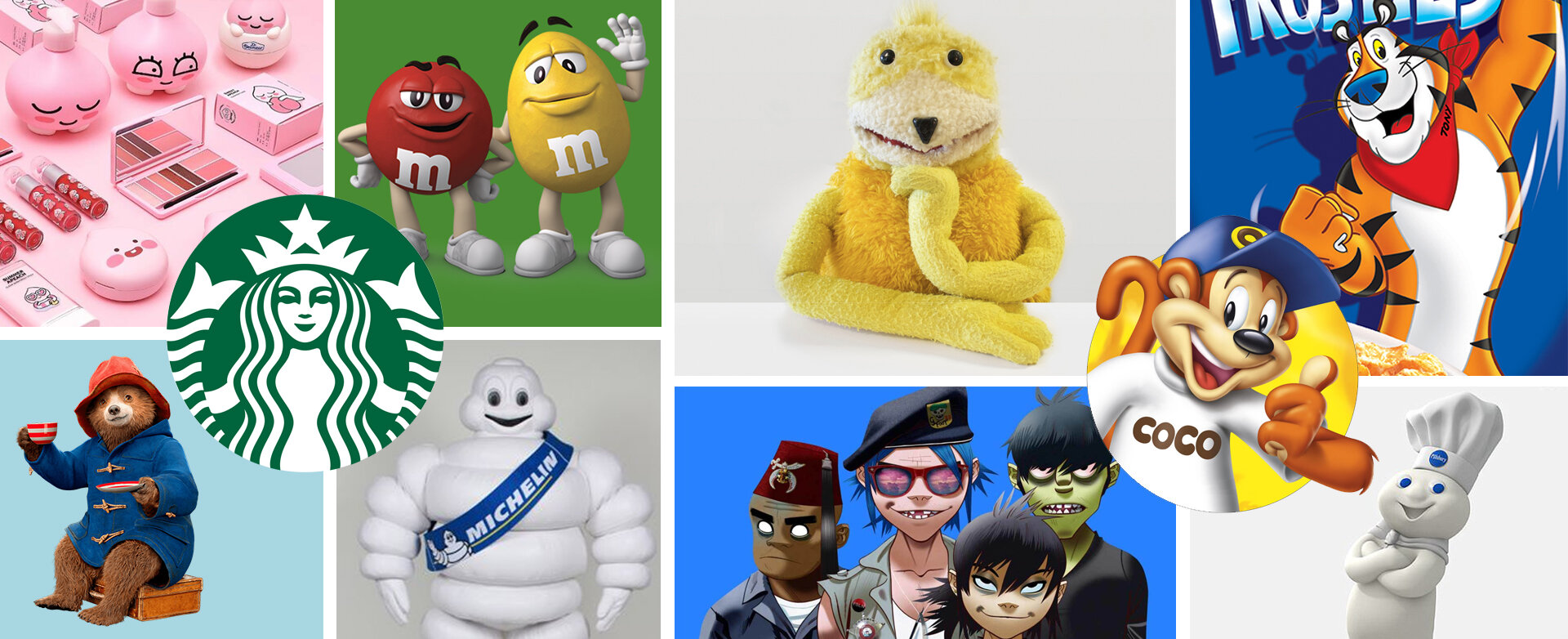
A character (also a talisman, mascot, or brand face) is an invented hero whose visual image or name has a particular connection and association with the brand. The task of the brand face is to attract the attention of the consumer and evoke emotions in them, create positive associations with the product or service, distinguish the company from competitors, and reach absolute trust in the audience.
Often, companies are not ready to use a specific person or cooperate with influencers to create their own image, so the optimal solution is developing a character. In fact, it's a brand that has come to life. The mascot can be endowed with completely different features, but the most important thing in developing a brand hero is a direct connection with the target audience (character, emotions, desires, interests, etc.).
Very few people want to talk to a person who hides his face. It's the same story with businesses. That is why market-leading companies communicate with customers with the help of their talismans, or mascots. Using brand personas in marketing campaigns increases the likelihood of increased profits by 41%. And only 29% of promos without a mascot achieve good results.
Archetypes & characters of the brand
A character archetype is a concept in psychology and marketing that combines a company image (universal symbolic images that reflect basic human fears, desires, and ideals) and a brand mascot (a hero that symbolizes the company's values).
The mascot can be an image of an animal, a person, or a creature that symbolizes a certain idea and concept. A character archetype helps a brand create an emotional connection with its consumers by drawing on basic human fears, wishes, and aims. According to Jung's theory, there are 12 types of archetypes:
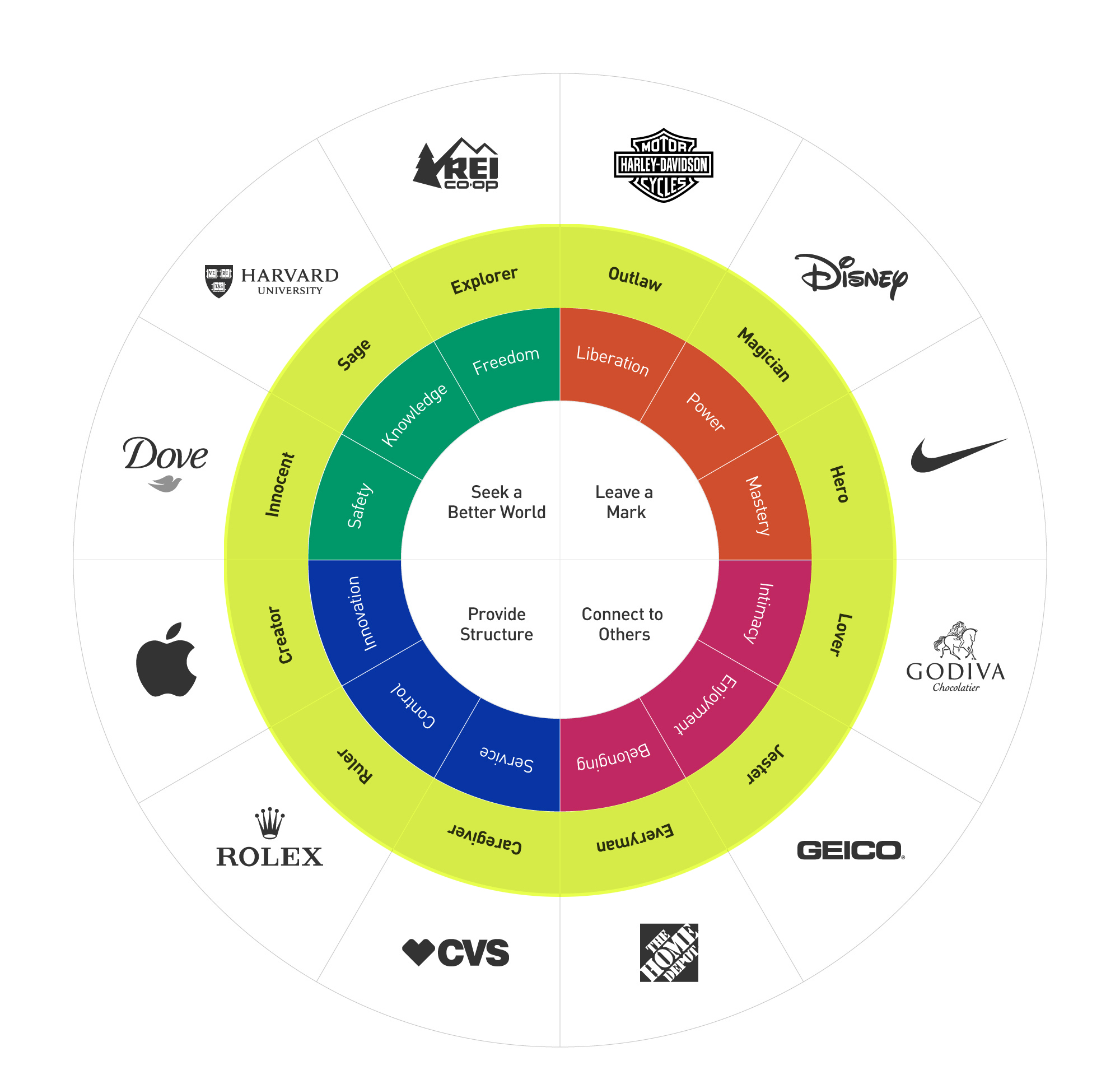
- Hero: symbolizes the desire to overcome challenges, be strong and protect others.
- Seeker: the archetype reveals the desire to find the meaning of life and learn about the world. It is a symbol of search and openness that inspires people to explore new horizons.
- Sage: knowledge and wisdom, the search for truth and understanding.
- Clown: The archetype represents jocularity and humor. It is a symbol of fun and entertainment, which teaches people to be happy and optimistic.
- Wizard: a charismatic and dynamic character who wants to turn dreams into reality.
- Everyman: This archetype reflects the universality and ability of a brand to identify with any person, including its consumers.
- Creator: this image is about creativity and the ability to develop something new.
- Ruler: status, unprecedented reputation. This archetype is the embodiment of self-confidence and comprehensive control.
- Lover: desire for love and passion, compassion and openness.
- Caring: symbolizes kindness, honesty, and selflessness. He strives to help people with all his might.
- Rebel: This archetype represents independence and a desire to break away from the system. The rebel is a symbol of protest and defiance that prompts the struggle for freedom.
- Naive: This archetype represents the image of an innocent soul. Naive is also a symbol of childhood and joy that inspires consumers to be open to new things and keep a sense of joy in their hearts.
Each brand has its own archetype, which helps determine the right tone of voice for communication with the target audience and will be reflected in all the company's advertising activities. Important: The character must match the brand archetype, as both represent the same company.
A brand archetype is defined by its values, behavior, and purpose, while a hero's identity is defined by its character and role function. A character that reflects a brand's values and image can make it more accessible and attractive to consumers.
For example, a mascot can become a symbol of friendliness, empathy, and hope, which provides a close connection between consumers and the brand.
What is the reason for creating a brand mascot?
Character development can not only help a new brand enter the market but also "revive" already-known companies. Brands most often create characters in order to:
- develop the brand;
- make them the voice of the brand;
- develop the character for numerous ad campaigns;
- differentiate the company from competitors;
- facilitate interaction with consumers;
- maintain a positive image of the company;
- add emotion to the brand;
- encourage the client to act;
- simplify the brand message translating to the audience.
To create a brand mask, it's beneficial choosing a charismatic image that is easy to remember and is able to draw associations. The hero of the brand should be "similar" to the portrait of the potential consumer - match the psycho-type, identify the client's main problems, and be distinguished by familiar habits.
We have created the list of the 8 most popular brand characters that have become not just recognizable mascots, but also best friends of several customer generations!
Haribo: Golden Bear
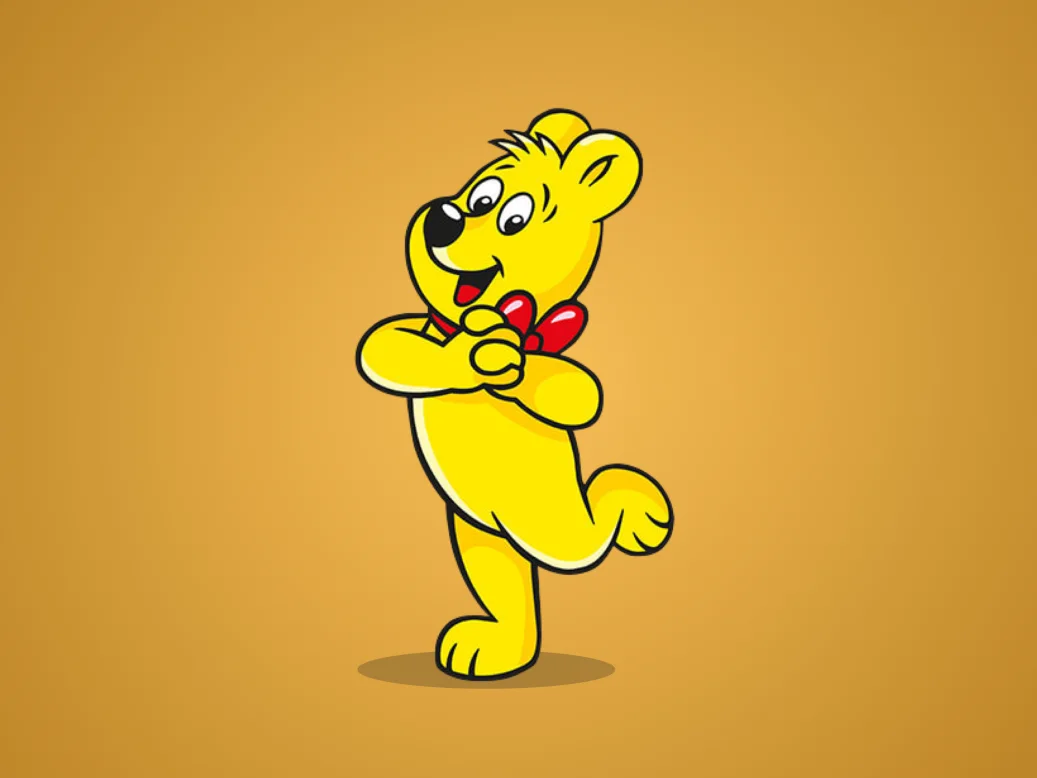
Haribo is a confectionery manufacturer that originated in Germany and is known for its gummy bears. The character of the Haribo brand is the famous golden bear with red eyes, this mascot is also called "Goldbears". The hero appeared in the 1960s and has since become the symbol of the company. The mascot's concept was created by Friedrich Riegeling, the founder of Haribo, who was inspired by the dancing fairground bear.
Haribo golden bears have become one of the most popular chewing candies in the world. In addition to Golden Bears, the company also produces other confectionery products with different mascots, such as colored bears for the "Happy Cola" line with a bottle-shaped mascot, "Dragibus" chews with an animal-shaped hero, as well as "Tropifrutti" candies with mascot-parrots.
The archetype reflected in Haribo's hero can be described as "naive". According to this archetype, the character evokes positive emotions in consumers and is associated with childhood, joy, and innocence. This allows the Haribo brand to use brand positioning as a product that brings pleasure and happiness, both to children and adults.
Immediately after it was released, the character became so popular in Germany that it got patented. The universally loved Haribo brand is a prime example of how you can easily interact with your audience, evoke emotions, and reflect the brand's character.
Duracell: Pink Bunny
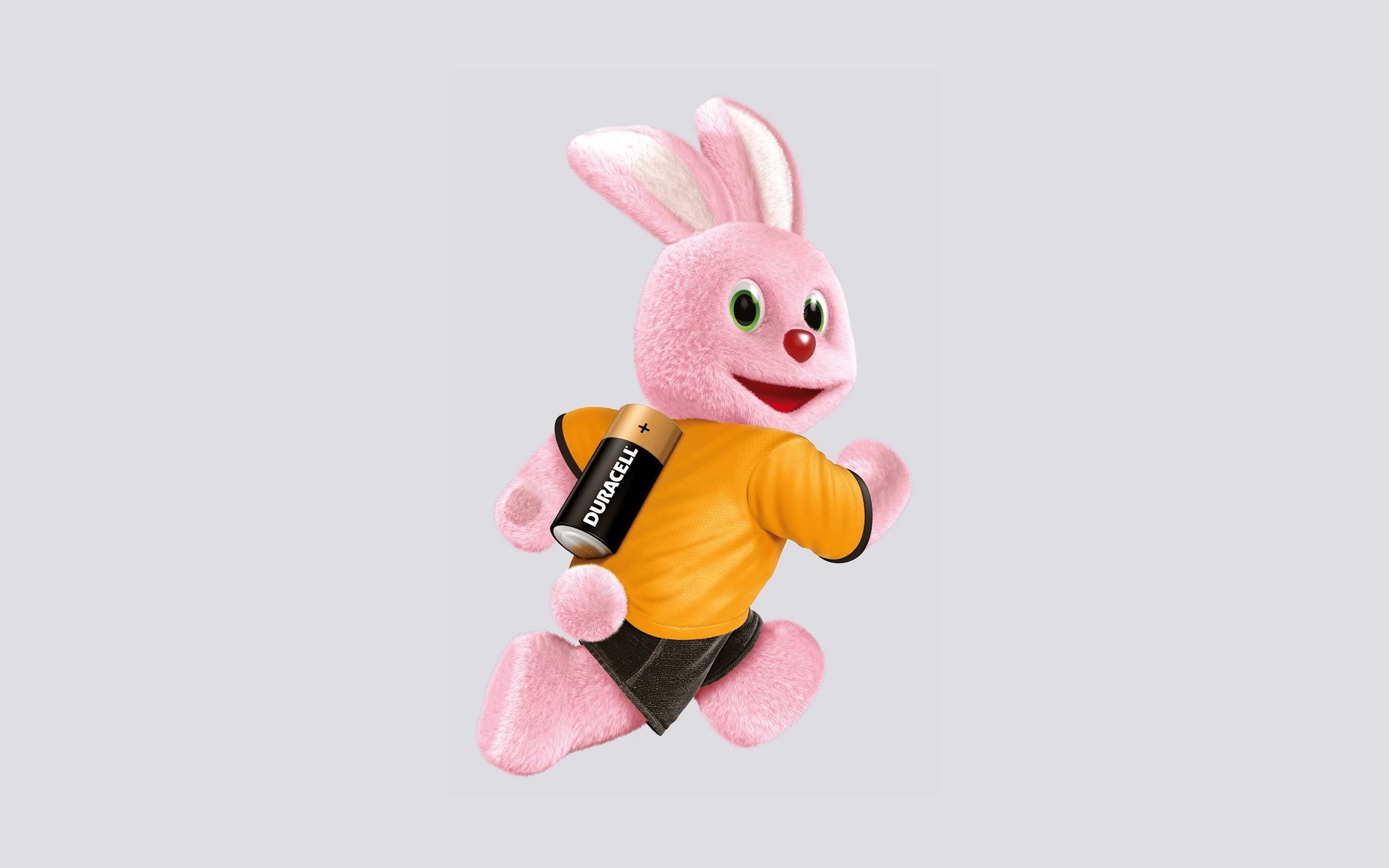
The hero of the American brand Duracell is well-known around the world. This company made a great decision by choosing a hyperactive, agile, and friendly animal as its mascot to promote the energy and durability of its products to consumers.
Since its inception, the company has become an icon in the energy industry, gaining trust for its powerful small batteries with long service life. The heart of the company became its corporate character – the Duracell hare. The hero was invented in 1973 to go to a new level and bypass competitors who offer regular salt batteries.
The most popular advertising campaign to demonstrate the operation of the brand's batteries was carried out in shopping centers. Two toy rabbits were launched there: one operated on Duracell alkaline batteries, and the other on salt cells. Of course, the Duracell rabbit continued his job much longer.
The archetype of the character is "reliable". This archetype is reflected in the mascot as the rabbit can run for a long time without stopping, which is associated with the long-lasting Duracell batteries.
Now the power of this company's products is known all over the world, and the pink bunny has become an integral symbol of the brand, which can't be recognized without this character
Mr. Proper - a real gin of cleanliness
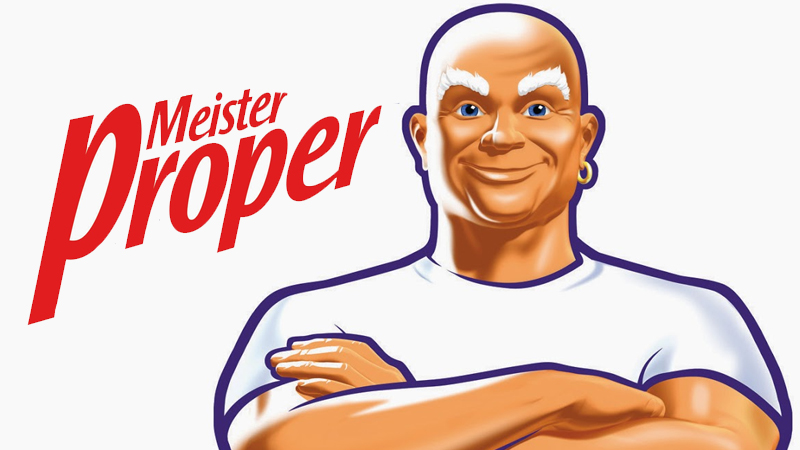
Mr. Clean is the American mascot of Procter & Gamble company. The character debuted in a television commercial in 1958: he was originally played on screen by House Peter Jr. During the first six months after release, Mr. Clean has become the best-selling household product on the market. It is also the first detergent to be bottled in plastic.
Millions of housewives consider Mr. Proper a wish-fulfilling genie because of his magic appearance from a bottle. However, according to the original idea, a bald man with an earring in his ear had to be associated with a sailor: the prototype of this colorful character was a real person - an American sailor from the city of Pensacola.
The brand character was recognized as the sexiest man in 1998 (according to People magazine). The magical helper of all housewives has undergone a number of changes over the years, but he still brilliantly washes away the dirt of any complexity.
The archetype of the character is the "hero". This archetype is reflected in the mascot because Mr. Proper is strong, confident, and energetic. He is always ready for action to ensure maximum cleanliness in all ways. This image is associated with heroism and strength, which enhances the effectiveness of Mr. Proper.
This character became not only the hero of dozens of commercials but also the most recognizable among all competing companies!
Cacao-addicted rabbit Quicky: Nesquik
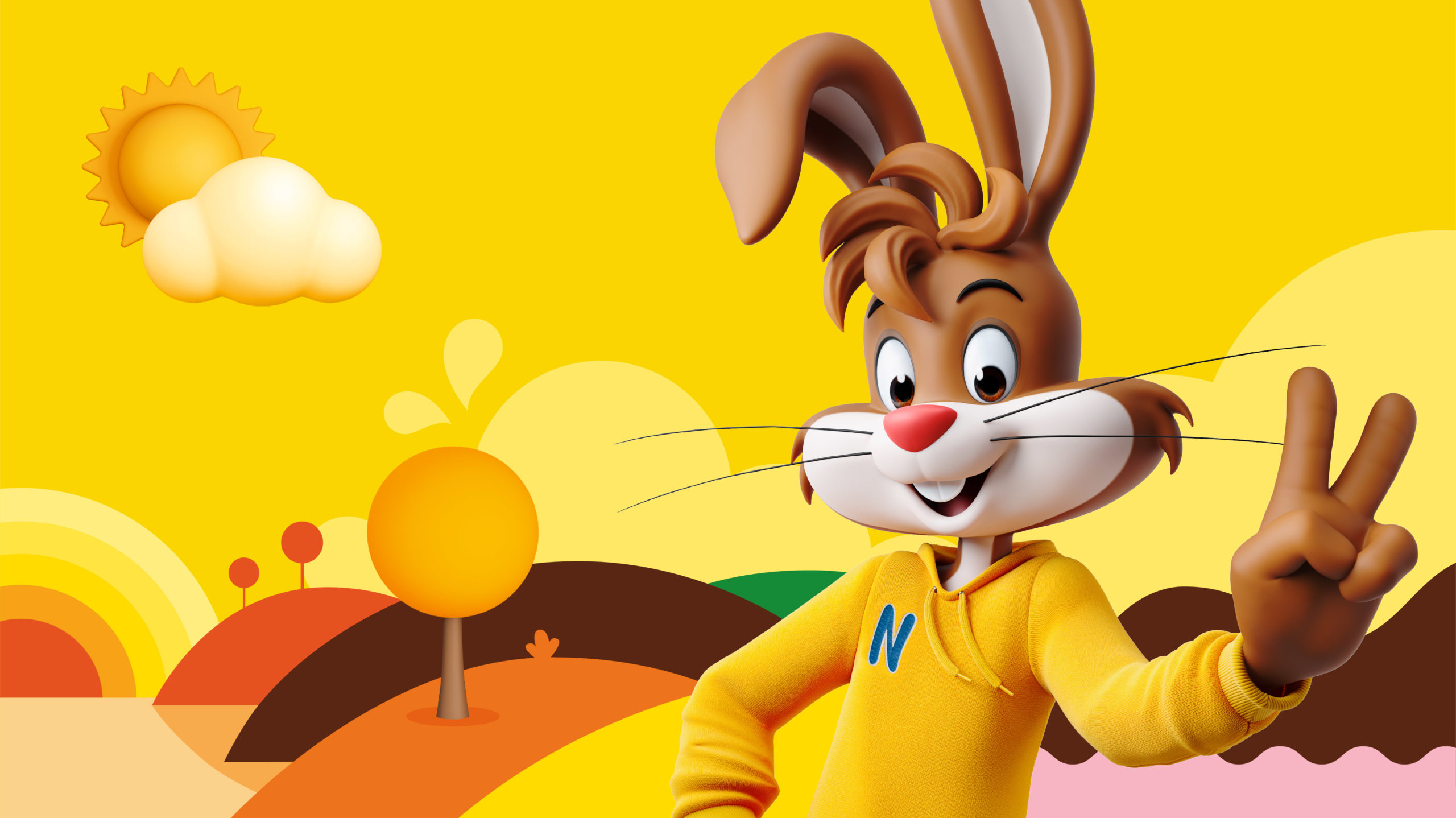
Chocolate rabbit Quicky is the mascot of the Swiss brand Nesquik. What tricks does this hero go to, involving his friends, children, and teens, in order to get chocolate cereal! It's difficult to find a person who has never tasted ready-made breakfasts and drank cacao with the Nesquik logo on the packaging. The brand's products always occupy the highest positions in popularity ratings.
Data from a survey conducted in 2021 in the US by the YouGov website show that for 97% of respondents, the brand is known thanks to the main character. How did Quickie help the company to "spin" one of the most famous global brands?
The Rabbit is one of the most cheerful brand mascots. The hero's favorite pastime is having fun with friends. Quickie's archetypes are "Clown" and "Careful". The character constantly fools around and amuses the little ones. At the same time, Quickie offers children tasty, healthy food and drinks, and helps parents quickly and easily organize full breakfasts and snacks.
This nature of the character allowed the creators to make him a participant in various commercial plots. The rabbit plays football, skis, and skateboards, and hangs out at children's parties. Thanks to numerous bright and dynamic advertisements, Nesquik products are associated with adventure and eternal celebration.
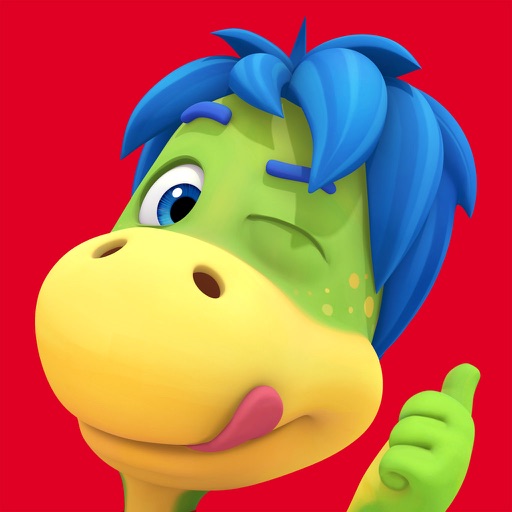
Uncle Mustache - the hero of Pringles
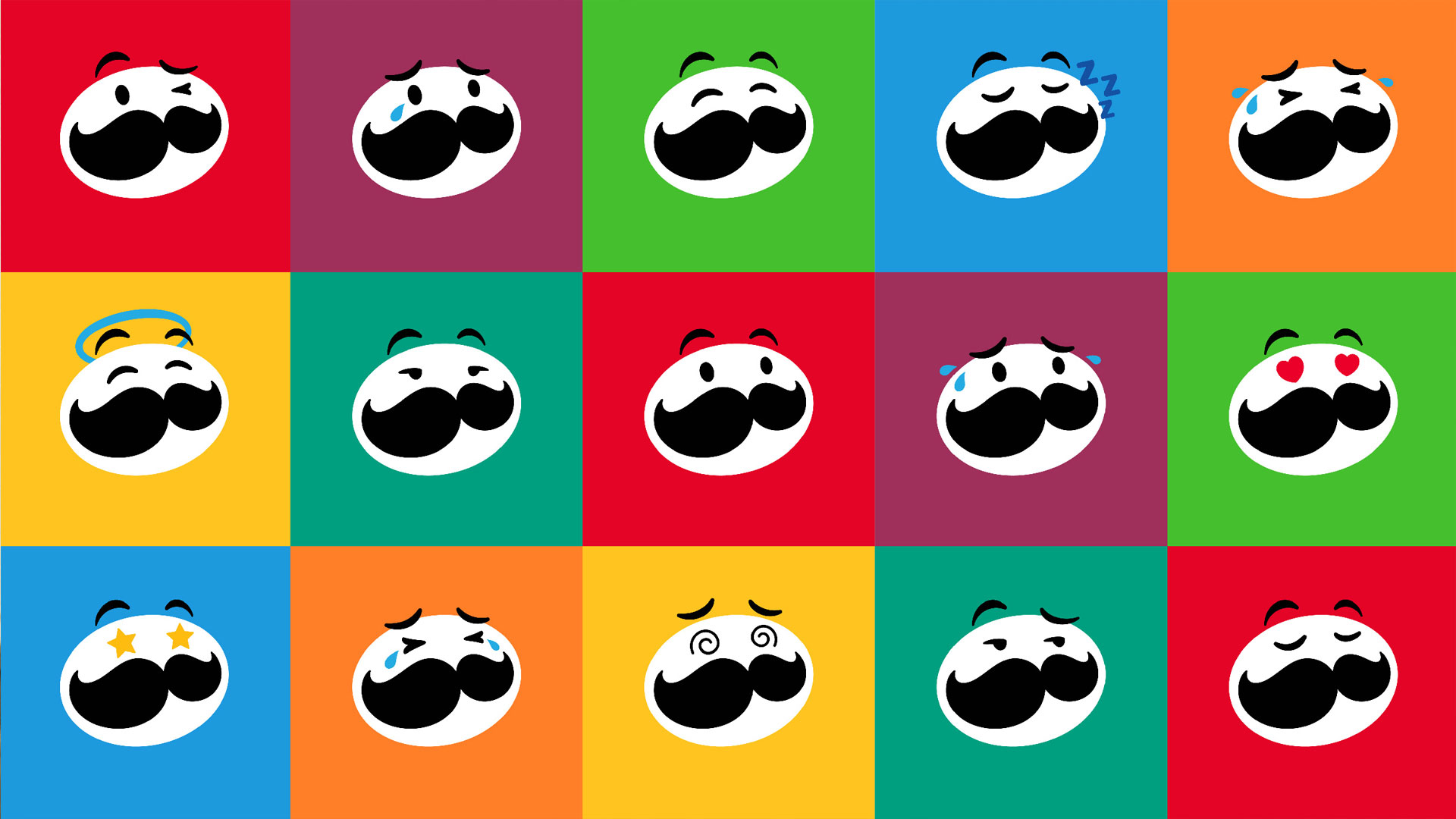
The American mascot Julius Pringles is one of the ten most famous brand talismans in the world. Characteristic features of the hero are a fluffy red bow-tie and a luxurious mustache.
Pringles is an American brand of potato chips with various flavors, which are packed in original tall tubes. In 2022, Julius Pringles, the hero of the brand, celebrated another anniversary - he was 55 years old.
Over 55 years, the mascot's appearance has been changed many times, but the image has always remained recognizable. According to modern trends, the mascot has been simplified as much as possible, and now it looks more like a cheerful smiley. Pete Matthews, Pringle’s brand design director, said: "The idea behind the new look is to simplify and modernize the design, giving the brand's mascot a bold look that can be applied across the commercials".
The character is associated with an eternally optimistic uncle. According to the theory of archetypes, these are "Jester" and "Everyman". It helps us to forget about the absurdity of the modern world and life routine and teaches customers to look at life easily, sometimes breaking the rules. The hero says: "Enjoy life, look at nutrition easier." The brand's mascot isn't afraid to be a little funny, exhorting you to "be here and now" and telling us, "Even if you flake, the fun won't stop."
Bibendum - the B2B character of Michelin
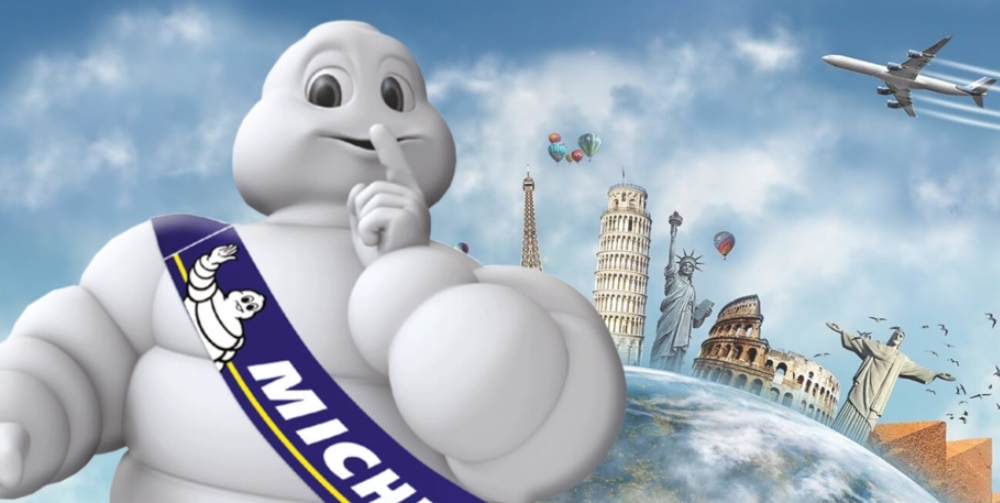
Usually, the use of mascots is specific to B2C companies, but we’ll demonstrate how characters can be used even in the B2B sector!
The hero of the Michelin company is Bibendum, which is one of the most famous and oldest mascots in the world of the automotive industry. Bibendum was created in 1898 as a part of Michelin’s advertising campaign. It depicts a heavy man with Michelin tires on his body. The history of the mascot is related to a random observation: the Michelin brothers noticed a stack of tires that resembled the position of the person, so they decided to portray it in their advertisement.
Bibendum became famous all over the world due to its cute appearance and conformity to popular cultural trends. It has been featured in a variety of formats, including animated films, comics, and promotional posters. The Bibendum has also become a symbol of road safety, reflecting Michelin's efforts to promote safety in the automotive industry. This mascot helps Michelin position its brand as a manufacturer of tires that provide reliability and safety on the road, which is very important to consumers.
The archetype reflected in the Michelin mascot can be described as a "jovial everyman", as Bibendum is very friendly and amiable. He is a big round man with a smile who is always happy to see new friends. Such an image is associated with fun, joy, and benevolence, which makes the company's mascot even more attractive to consumers. Today, Bibendum remains one of the most famous and successful mascots in the automotive world, helping Michelin to attract attention to its products and services.
Freddy Chimpanzee - the B2B hero of Mailchimp
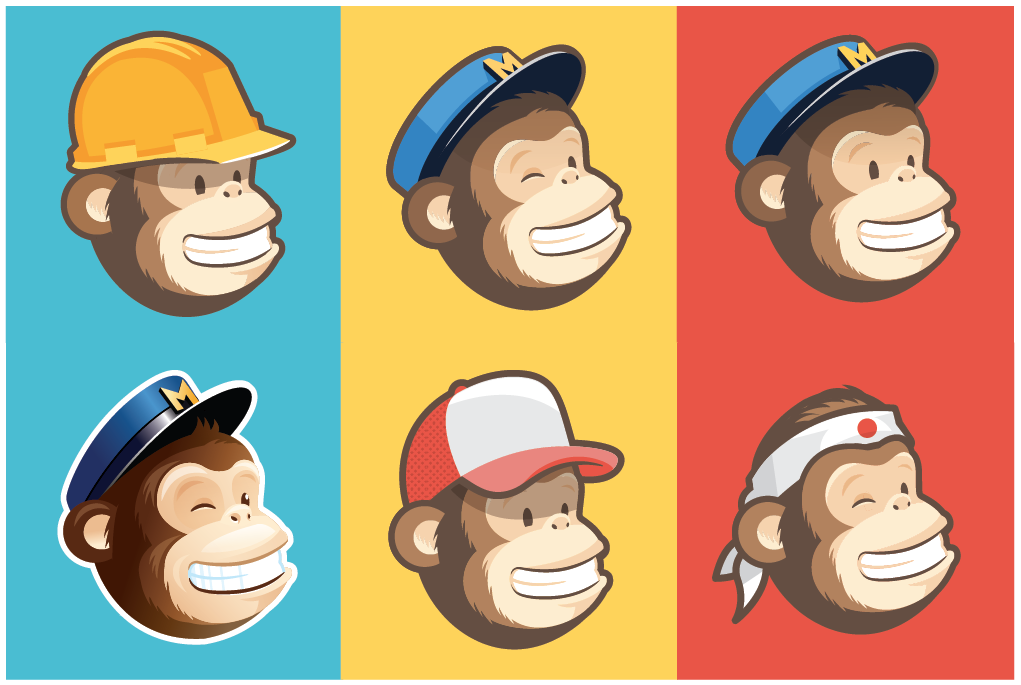
Mailchimp is an American B2B company specializing in email marketing for businesses. The company has its own mascot, which is called Freddy. He portrays a simple, but cute and friendly monkey. The hero appeared in 2001 when the company was looking for a way to stand out in the market.
Freddy represents the ease of use, fun, and creativity that are key principles of Mailchimp. In addition, he symbolizes a smile, which reflects the company's friendly and welcoming approach to its customers.
This character is featured in the Mailchimp logo and is often used in many of the company's promotional materials. His image appears on Mailchimp t-shirts, posters, souvenirs, and other promotional materials.
Freddie reflects the archetype "Everyman", which tells customers he is one of them - ordinary and easy-going. This mascot helps Mailchimp position its brand as easy to use, able to understand the needs of the audience and ensure their convenience and satisfaction when using the platform.

 Russian
Russian Ukrainian
Ukrainian
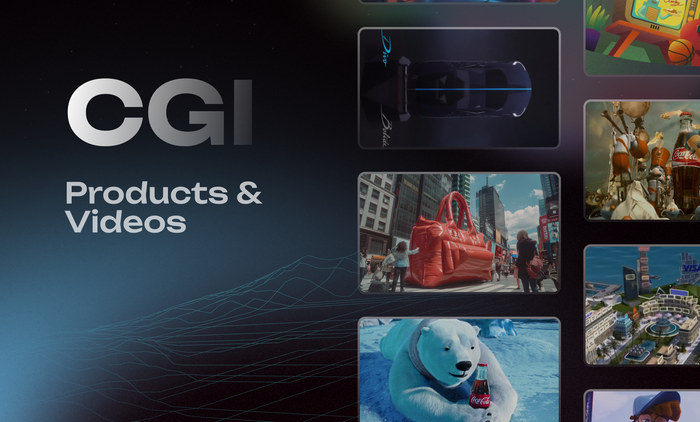
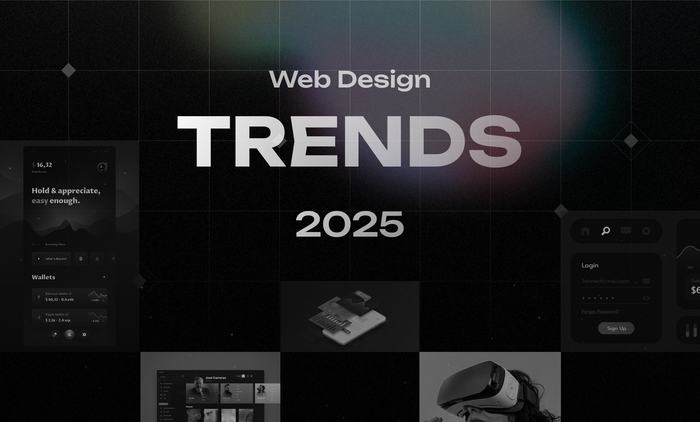
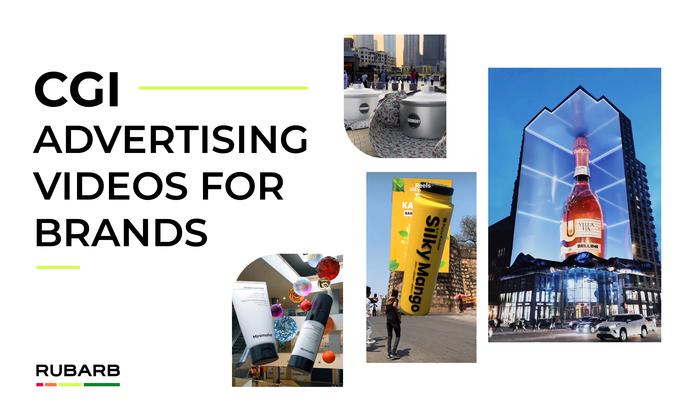

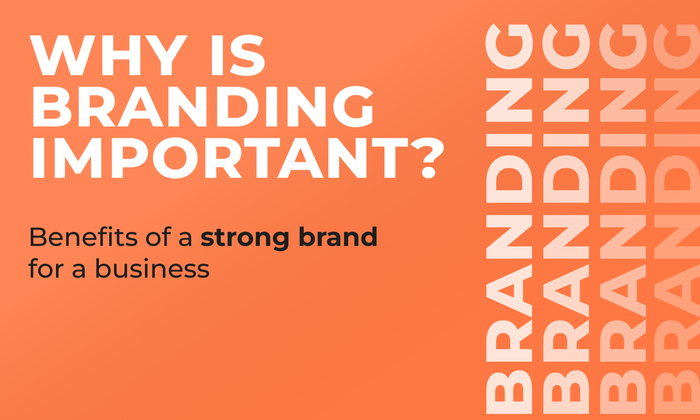
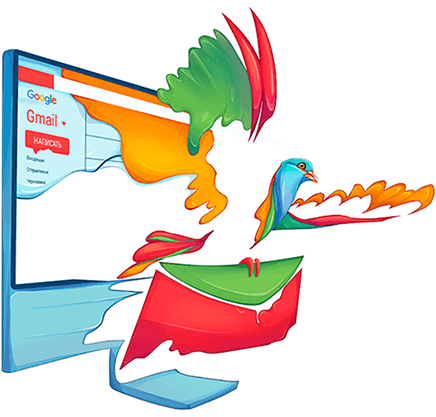
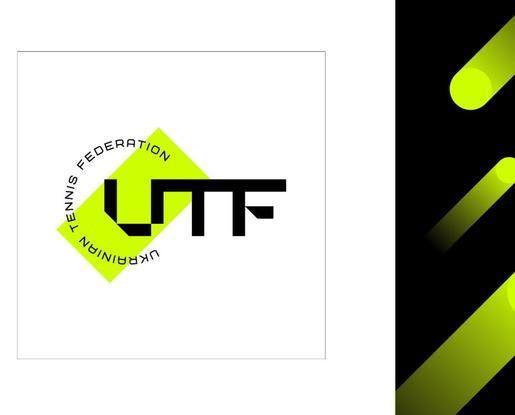
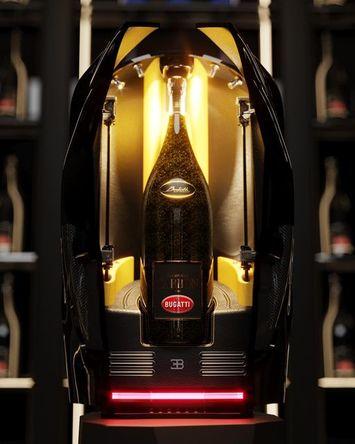
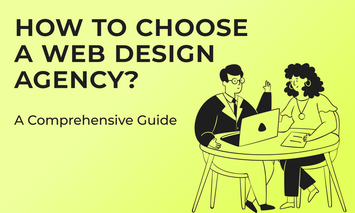
Add a comment
Fields are required *